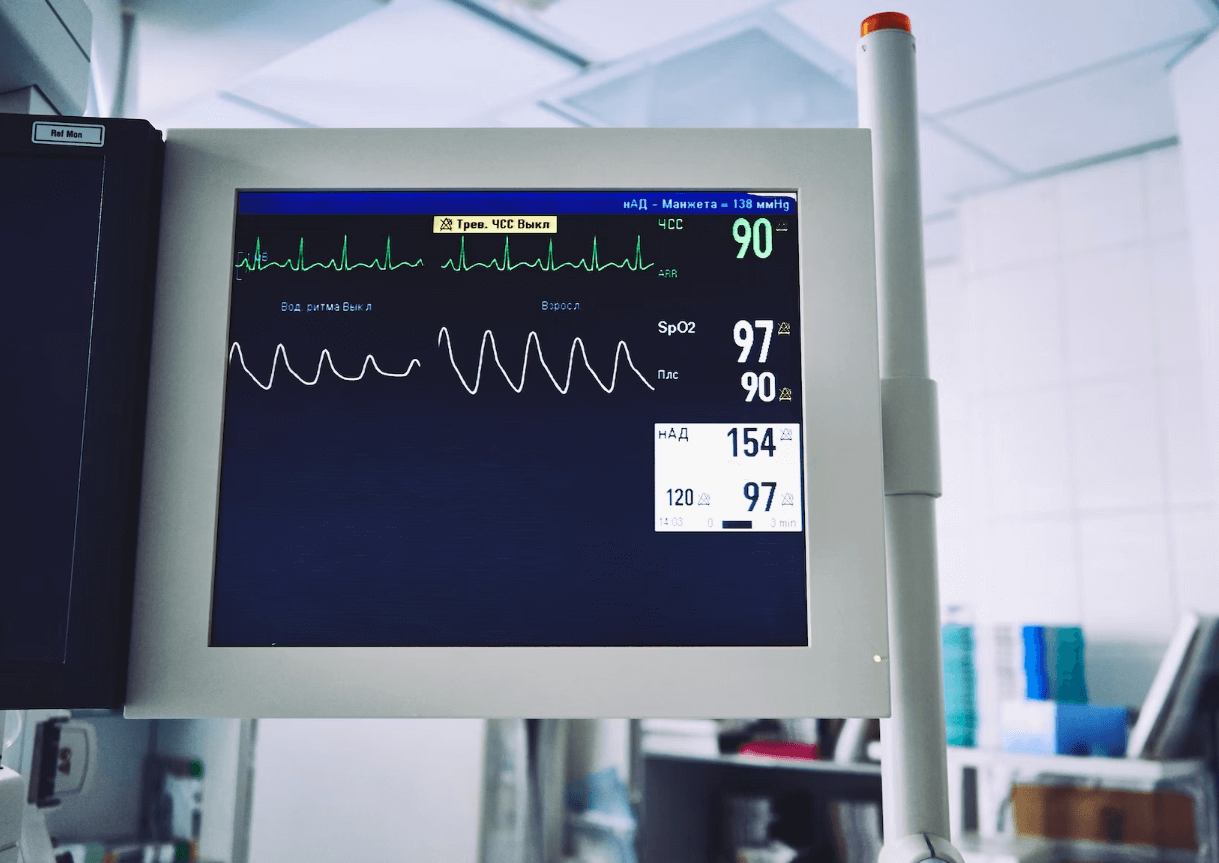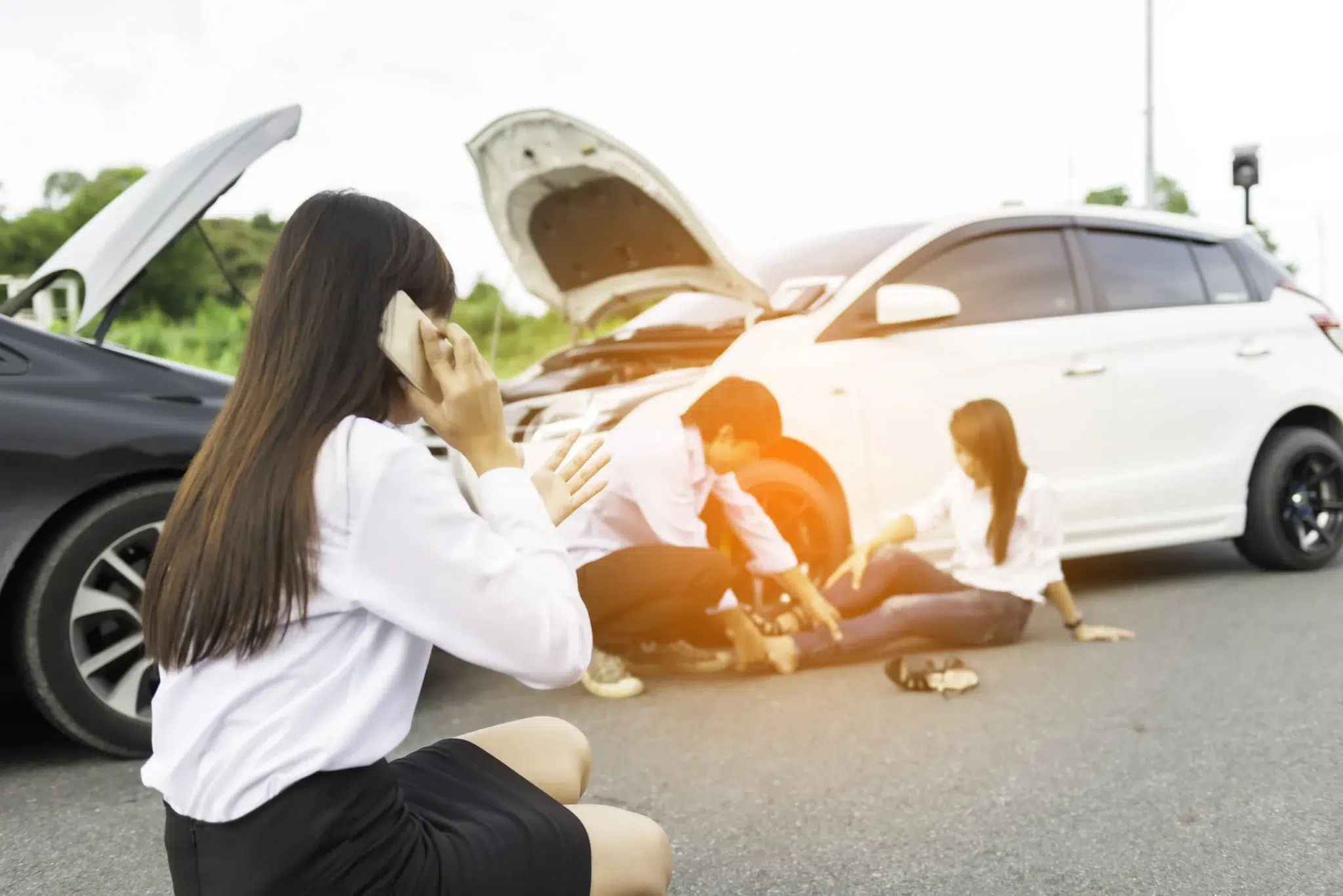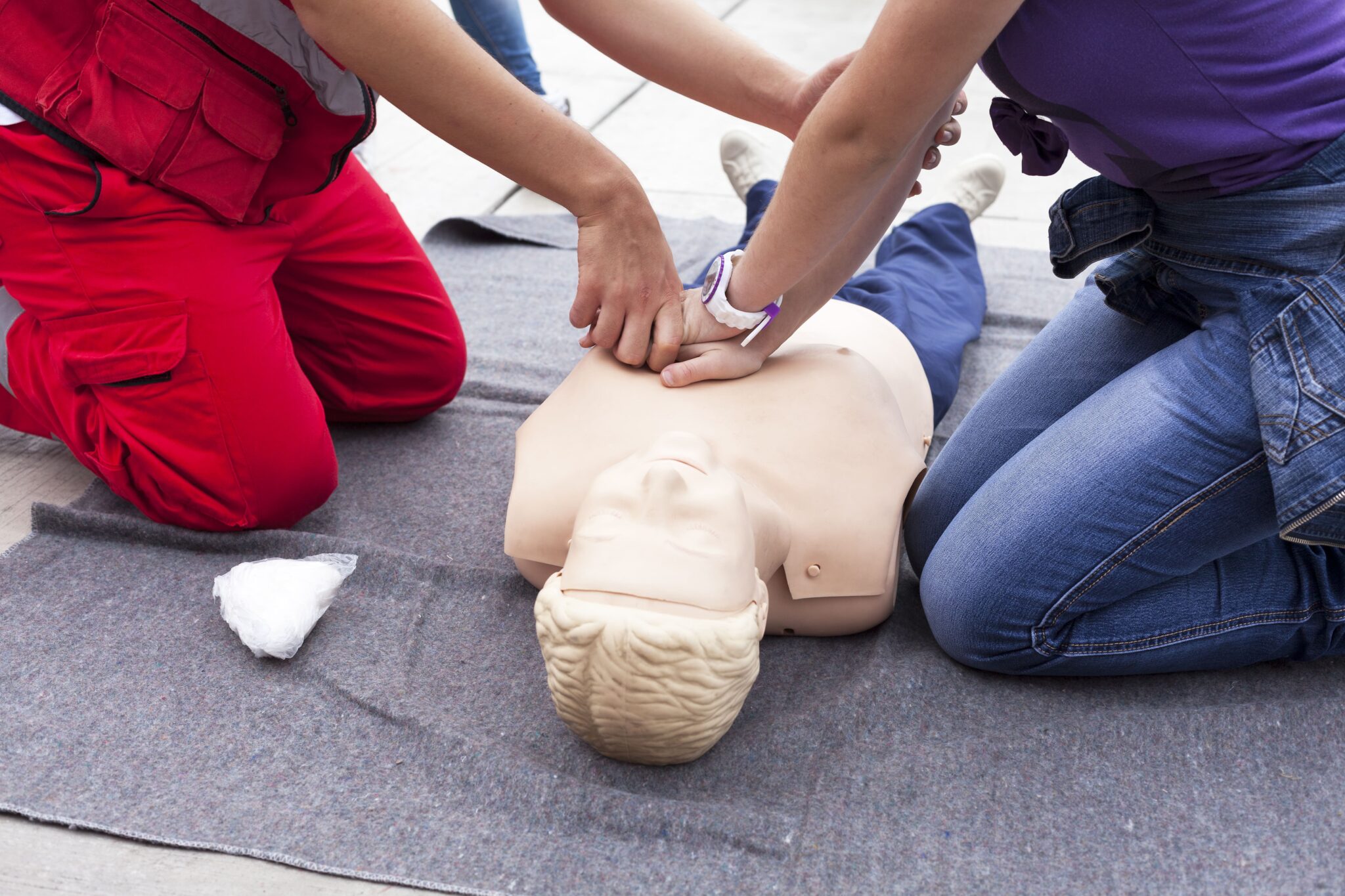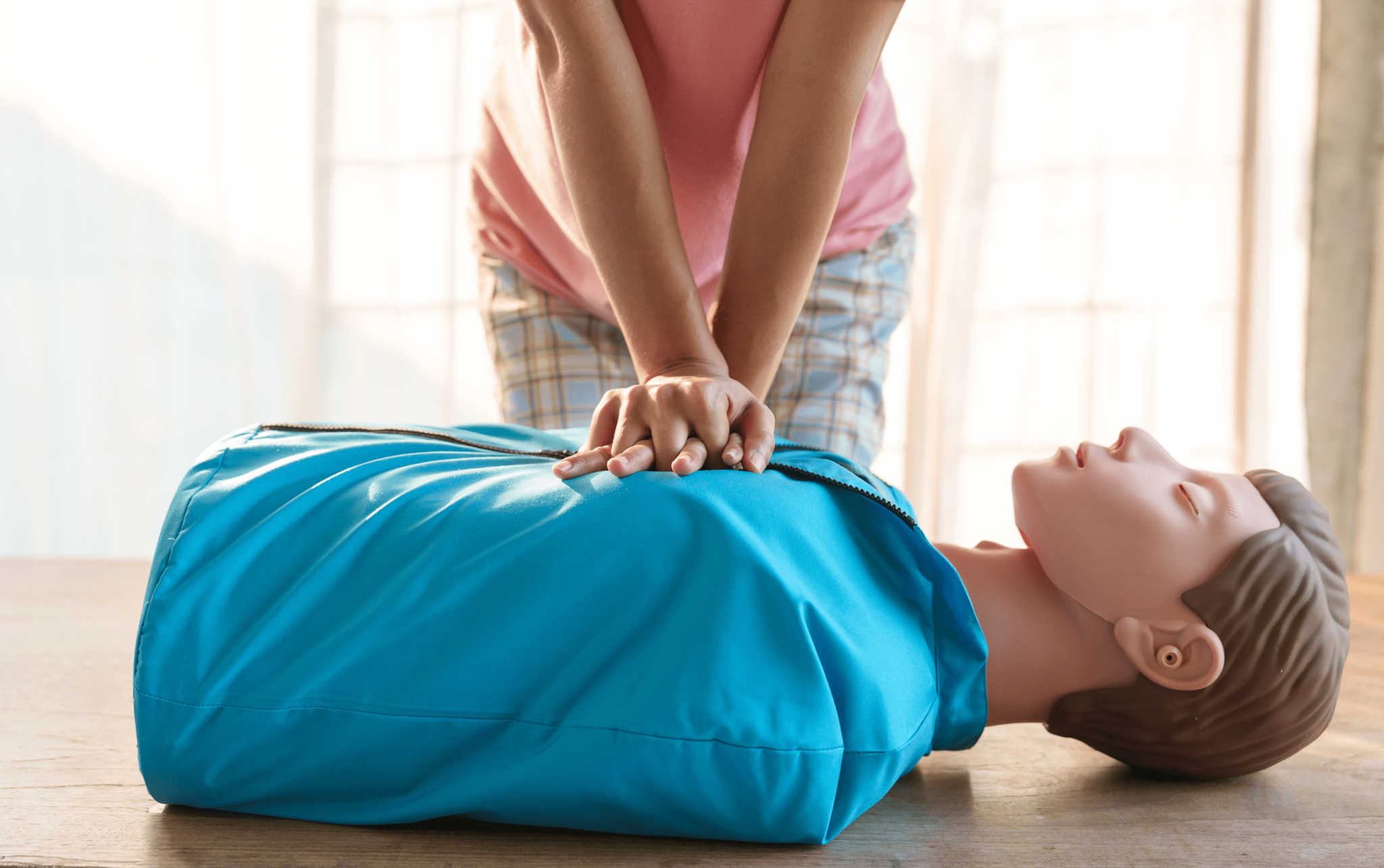CPR saves lives. That’s not debatable. But here’s what might surprise you: most people still believe myths about CPR that prevent them from taking action when someone needs help.
The truth is, many common beliefs about CPR are simply wrong. These misconceptions stop ordinary people from learning this life-saving skill or using it during emergencies. That’s a problem because every minute counts during cardiac arrest.
This post will separate CPR facts from fiction. You’ll learn what’s true, what’s not, and why it matters for saving lives. By the end, you’ll have the knowledge to act confidently in an emergency.
The Reality of CPR Effectiveness
CPR works. That’s not a myth—it’s a proven fact.
When someone’s heart stops beating, CPR can double or triple their chances of survival. The American Heart Association reports that immediate CPR can increase survival rates from sudden cardiac arrest by 2-3 times.
But here’s what most people don’t know: CPR doesn’t restart the heart like you see in movies. It keeps blood flowing to vital organs until professional help arrives. Think of it as buying time for paramedics to use defibrillators and advanced life support.
Every minute without CPR decreases survival chances by 7-10%. This means the first few minutes are critical. Bystander CPR can make the difference between life and death.
Common CPR Myths That Stop People From Acting
Let’s tackle the biggest myths about CPR head-on. These false beliefs have real consequences—they prevent people from stepping up when someone’s life hangs in the balance.
Myth 1: Only Medical Professionals Can Perform CPR
This myth keeps too many people on the sidelines during emergencies. The reality? Anyone can learn CPR. You don’t need a medical degree or years of training.
CPR is designed to be simple enough for everyday people to perform. The American Heart Association teaches CPR to millions of non-medical people every year. Teachers, parents, teenagers, and office workers all learn this skill successfully.
The basic steps are straightforward: call 911, push hard and fast on the center of the chest, and don’t stop until help arrives. That’s it. No complicated procedures or medical knowledge required.
Myth 2: CPR Always Restarts the Heart
Movies and TV shows love dramatic scenes where CPR instantly brings someone back to consciousness. This creates unrealistic expectations about what CPR actually does.
CPR doesn’t restart the heart like a car engine. Instead, it keeps blood flowing to the brain and vital organs. Think of it as buying time until a defibrillator can shock the heart back into rhythm or paramedics arrive with advanced equipment.
The chest compressions you perform manually pump blood through the body. This maintains oxygen flow to critical organs, especially the brain. Without this blood flow, permanent damage begins within minutes.
Myth 3: CPR Is Only for Heart Attack Victims
Many people think CPR only helps during heart attacks. This confusion stems from mixing up heart attacks and cardiac arrest—they’re different medical emergencies.
Cardiac arrest can happen to anyone, regardless of heart health. Drowning victims need CPR. So do people who suffer electric shock, drug overdoses, or severe allergic reactions. Athletes sometimes experience sudden cardiac arrest during sports.
The key indicator for CPR isn’t what caused the emergency. It’s whether the person is unresponsive and not breathing normally. If both conditions exist, start CPR immediately.
Myth 4: You Can Be Sued for Performing CPR Incorrectly
Fear of lawsuits stops many people from helping during emergencies. This worry is largely unfounded thanks to Good Samaritan laws.
Every state has laws protecting people who provide emergency assistance in good faith. These laws shield you from liability when you’re trying to help someone in a life-threatening situation.
The legal risk of helping someone is extremely low. The moral risk of not helping is much higher. Would you rather face a remote chance of legal trouble or live knowing you could have saved someone’s life?
Myth 5: CPR Always Results in Broken Ribs
Yes, CPR can crack ribs. This happens because effective chest compressions require significant force—you need to push at least two inches deep on an adult’s chest.
But here’s the perspective that matters: broken ribs heal. Brain death doesn’t. Cardiac arrest victims who don’t receive CPR have virtually no chance of survival. Those who do receive CPR have a fighting chance.
Medical professionals would rather treat broken ribs on a living patient than pronounce someone dead who might have been saved.
Myth 6: You Need Special Equipment to Start CPR
Some people hesitate to start CPR because they don’t have a face mask, AED, or other medical equipment nearby. This hesitation wastes precious time.
All you need for effective CPR are your hands and access to a phone. That’s it. Hands-only CPR works well for most adult cardiac arrest victims. You can start immediately while someone else calls 911.
If an AED is available, great—use it. But don’t wait for equipment that might not come. Your hands can keep someone alive until professional help arrives.
Myth 7: CPR Always Requires Mouth-to-Mouth Resuscitation
The fear of giving mouth-to-mouth keeps many people from attempting CPR. Good news: rescue breaths aren’t always necessary.
Hands-only CPR is effective for most adult victims of sudden cardiac arrest. Continuous chest compressions keep blood circulating, and the victim’s blood already contains enough oxygen for several minutes.
The American Heart Association actively promotes hands-only CPR for untrained bystanders. It’s simpler to perform and removes barriers that prevent people from helping.
Essential CPR Facts Everyone Should Know
Now let’s focus on what’s actually true about CPR. These facts highlight why this skill is so important and how it works to save lives.
Fact 1: CPR Can Double or Triple Survival Chances
Quick action makes an enormous difference during cardiac arrest. When CPR starts immediately, it can double or triple someone’s chance of survival.
Without CPR, survival rates for out-of-hospital cardiac arrest hover around 10%. With immediate bystander CPR, rates jump to 30% or higher. That’s a massive improvement that comes from simple chest compressions.
Time is the critical factor. For every minute that passes without CPR, survival chances drop by 7-10%. After 10 minutes without CPR, survival becomes nearly impossible.
Fact 2: Bystander CPR Is Underused but Vital
Despite its importance, bystander CPR happens in less than 40% of witnessed cardiac arrests. This represents thousands of missed opportunities to save lives each year.
The “chain of survival” concept shows how bystander CPR fits into emergency response. Early CPR is the second link in this chain, right after recognizing the emergency and calling 911. Without this link, the chain breaks.
Communities with higher rates of bystander CPR training see better cardiac arrest survival rates. This isn’t coincidence—it’s cause and effect.
Fact 3: CPR Protects the Brain From Damage
Brain cells begin dying within 4-6 minutes without oxygen. CPR prevents this damage by maintaining blood flow to the brain during cardiac arrest.
Even if CPR doesn’t restore normal heart rhythm, it preserves brain function until advanced medical care arrives. This protection makes the difference between full recovery and permanent disability.
The brain uses about 20% of the body’s oxygen supply despite being only 2% of body weight. CPR ensures this vital organ gets the oxygen it needs during an emergency.
Fact 4: Compression-Only CPR Works for Most Adults
You don’t need to worry about rescue breaths for most adult cardiac arrest victims. Compression-only CPR is highly effective and easier to perform.
Adults who suddenly collapse typically have enough oxygen in their blood and lungs for several minutes. Continuous chest compressions circulate this oxygen throughout the body.
This approach removes the biggest barrier preventing people from performing CPR: fear of mouth-to-mouth contact with a stranger.
Fact 5: Learning CPR Is Simple and Accessible
CPR training takes just a few hours and is available almost everywhere. The American Red Cross, American Heart Association, and local hospitals offer classes regularly.
Online training options make learning even more convenient. Many courses combine online learning with hands-on practice using mannequins.
Some employers provide CPR training as part of workplace safety programs. Schools increasingly teach CPR to students, creating a generation prepared to help during emergencies.
Fact 6: CPR Creates a Bridge to Advanced Treatment
CPR isn’t meant to cure cardiac arrest—it’s meant to sustain life until definitive treatment arrives. This “bridge” function is crucial for survival.
Paramedics arrive with defibrillators, medications, and advanced airway management tools. But these interventions work best when CPR has maintained circulation beforehand.
Hospital emergency teams can provide even more sophisticated care, including therapeutic hypothermia and cardiac catheterization. Again, these treatments are most effective when CPR has preserved organ function.
Taking Action: What This Means for You
Understanding CPR facts and myths should lead to action. Here’s what you can do with this knowledge.
First, consider learning CPR yourself. The next cardiac arrest victim could be someone you love—statistics show most cardiac arrests happen at home with family members present.
Second, encourage others to learn CPR. Share this information with friends, family, and coworkers. The more people who know CPR in your community, the safer everyone becomes.
Third, don’t hesitate if you encounter an emergency. Remember that doing something is almost always better than doing nothing when someone isn’t breathing and is unresponsive.
Your Next Steps to Becoming CPR-Ready
Knowledge without action doesn’t save lives. Now that you understand the truth about CPR, take concrete steps to prepare yourself.
Sign up for a CPR class in your area. Most courses cost less than $50 and take just 2-4 hours to complete. That’s a small investment for a skill that could save someone’s life.
Practice the basic steps: call 911, push hard and fast in the center of the chest, don’t stop until help arrives. Even without formal training, knowing these basics puts you ahead of most people.
Remember that CPR facts matter, but myths can be deadly. Share accurate information and help dispel the misconceptions that prevent people from taking action during emergencies.
The next time someone collapses and isn’t breathing, you’ll know what to do. More importantly, you’ll have the confidence to act when it matters most.
Take the Next Step to Become CPR-Ready
Knowledge alone doesn’t save lives—action does. Now that you know the facts about CPR, it’s time to prepare yourself to make a real difference.
Sign up for a CPR class with Safety Training Seminars, an AHA-certified training center with over 70 locations in Northern California. These courses are affordable and take just 2-4 hours to complete—a small investment for a skill that could save a life.
Enrolling in certified programs such as BLS CPR Classes in Alameda or BLS CPR Classes in San Mateo ensures you’re learning from qualified professionals who follow the latest AHA guidelines.








